Niggly shoulders. Muscular fatigue. Creaking joints. Psychological strife. It wouldn’t be triathlon if you didn’t enter a world of pain on the way to the finishing line on both race day and in training.
No other sport gives athletes such a head-to-toe physiological and psychological examination, after all, and that’s what makes any multisport achievement – whether that’s a super-sprint finish or Ironman PB – such a towering high.
But, given pain is part and parcel of our sport, just how do you embrace the discomfort in pursuit of glory? Is that old cliché of ‘pushing through the pain’ really so wise? And, perhaps more crucially, can you prevent the pain from rearing its ugly head in the first place?
Here we’ll look at some of the most common instances of triathlon pain – from blisters to saddle sores and cramps – to try and understand why you’re hurting and whether or not you should DNF or crack on to the finish line.
1. Race-week 'trianoia'
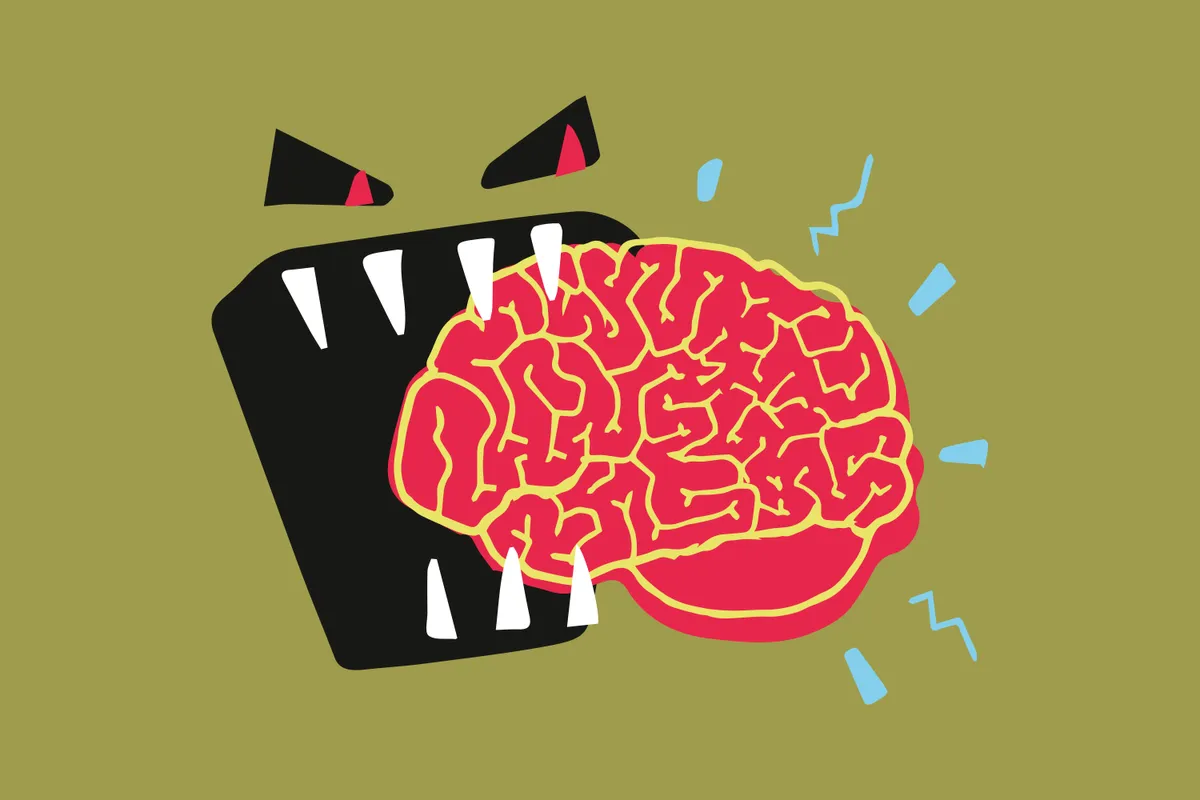
The Slateman. The Brutal Half. London Marathon (twice). All great races. And all events that this writer has posted a DNS at due to a swollen ankle on race week.
Each bloated ankle didn’t have a noticeable moment when an injury occurred, however, leading me to conclude that it’s either gout or perhaps the result of pre-race nerves. But can our minds really create pain?
“Pain science is in its early stages and we’re still learning about it,” says Anna Gardiner, a soft tissue therapist. “Increased stress and lack of sleep can amplify pain but that doesn’t always indicate damage.
“‘Maranoia’ (marathon paranoia) is a fabled time when many marathon runners feel heightened discomfort, experience niggles and aches, and occurs in the taper week after a period of intense training – and it’s something that many other athletes feel in their disciplines.
“While there isn’t evidence-based research on the phenomenon, it’s likely that endurance athletes are more susceptible to things like a cold virus as their immune system can be compromised through periods of stress. But there’s no evidence, as yet, that actual injuries can be brought on by psychological stress in sport.”
Remedy: Managing nerves may help limit race-week woes
- What are the most important nutrients for keeping your immune system healthy?
- How to boost your immune system during winter
2. Pre-event niggles
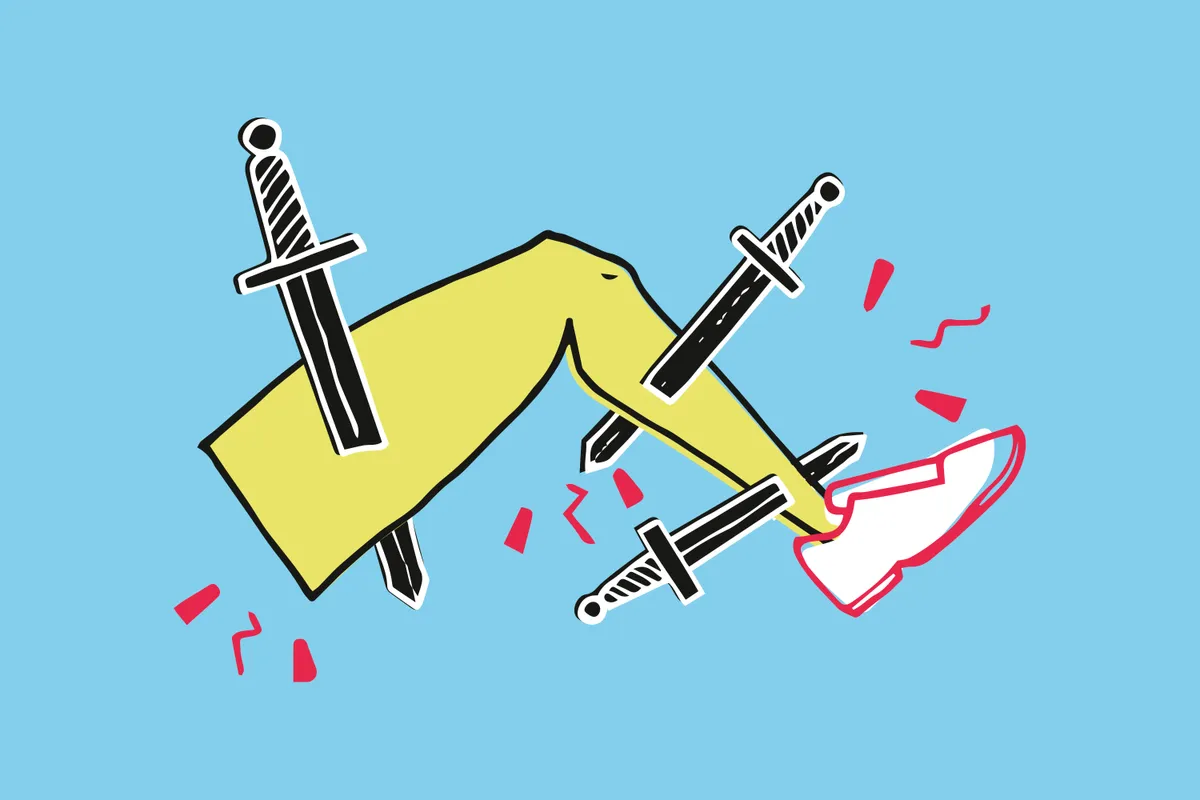
Many of us fall into the trap of logging big and/or intense miles ahead of race day, often extending the peak phase of training into the all-important taper period. The result is a body with aching shoulders, thighs and calves before the race has even started. In a last-ditch bid for serenity, can downing painkillers produce the goods?
“It’s quite common among athletes that are serious about training and competing to take paracetamol or Non-Steroidal Anti-Inflammatory drugs (NSAIDs, such as Ibuprofen) pre-event for performance endurance, but it’s not recommended,” Gardiner states.
“If something triggers pain or inflammation, then that’s the body’s warning sign that it’s fighting stress somewhere. Analgesia masks this defence mechanism, meaning that you can over-exert your body, and can even interrupt its process so that you’re potentially storing up trouble for later.
“Additionally, painkillers mute the body’s response to stress and affect body temperature regulation, which leads to dehydration among other physiological processes. Taking NSAIDs could also increase gut irritation and affect kidney function.”
The remedy: Think twice before gulping the painkillers and ensure your taper is a proper one.
3. Dodgy guts
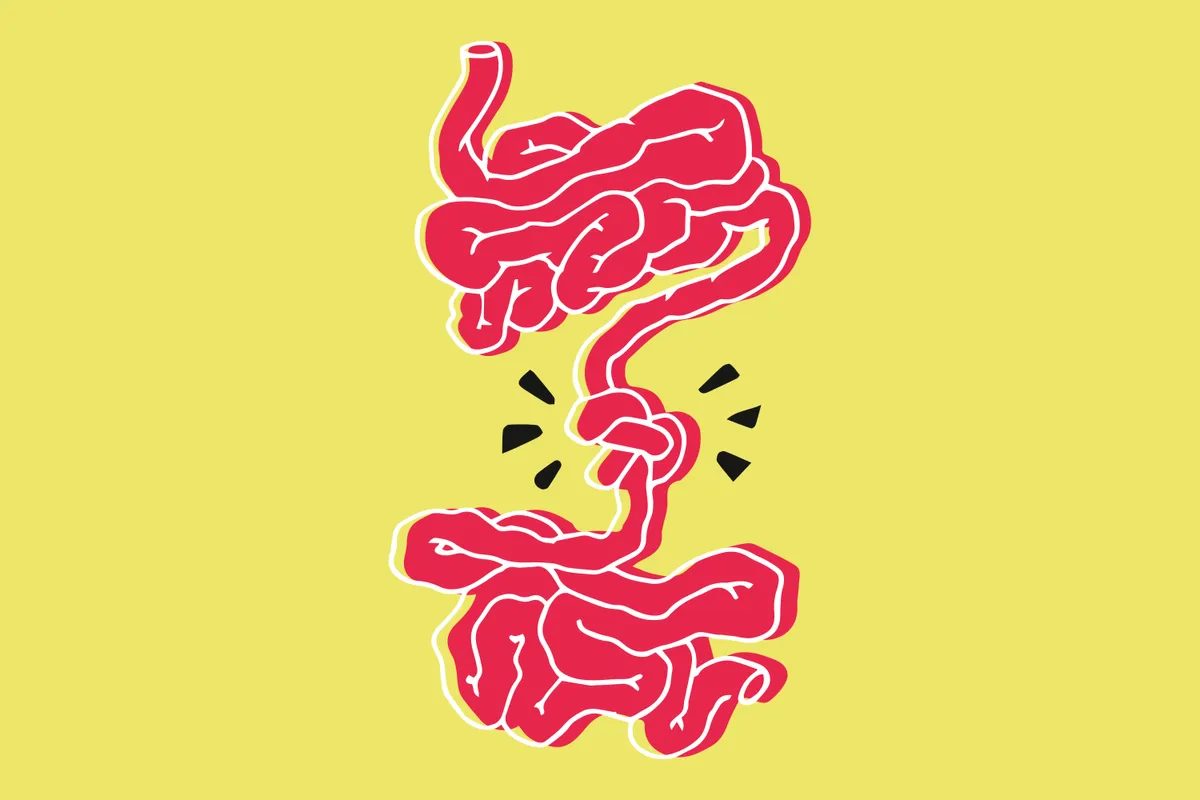
Hitting the mid-race toilet/hedge and beginning a race-within-a-race to get your tri-suit off in time? We’ve all been there… right?! Dodgy guts are a common race-day woe, especially in long-course racing.
They can be a sign of nerves, poor fuelling, not readying your body to consume the recommended amount of carbs in training (Precision Hydration has a great carb calculator online), and the onslaught of commercial – and often very sweet – energy products when racing.
“That’s where real food comes in,” says cycling chef Biju Thomas. “It has a higher moisture content than bought bars, making it easier to chew, swallow and digest. In my opinion, even something simple like soft white bread and jam is better than a commercial bar.”
The remedy: Don’t discount real foods such as bananas and jam sandwiches on race day.
4. Mid-race aches

You’ve survived the swim with only a slightly chafed neck and tired arms, but now the bike is testing your shoulder and legs. Do you ride on? Or can dismounting actually solve our mid-ride strife?
“It’s difficult mid-event to relieve muscular tension as we’re usually hellbent on the finishing line. But sometimes in a race, especially a long-distance triathlon, it may gain time overall to stop and try mobility work then to push on through,” adds Gardiner.
“In cycling we’re often in a position when the muscles are held in the same position – they’re contracted and loaded at the same time. Over time this then feels that the area is ‘stuck’, and some gentle mobility work can free it up and increase power overall.
“Getting off at an aid station and doing some pre-practised stretching and yoga movements can be effective and make the rest of the ride more comfortable.”
The remedy: Stopping and stretching might gain you time overall.
- Stretches that help boost run performance and ease T2 discomfort
- The best Pilates exercises for triathletes to help strengthen feet and ankles
- Yoga: What's the best type for triathletes to do?
- Best yoga mat deals for stretching and strengthening
5. Saddle sores
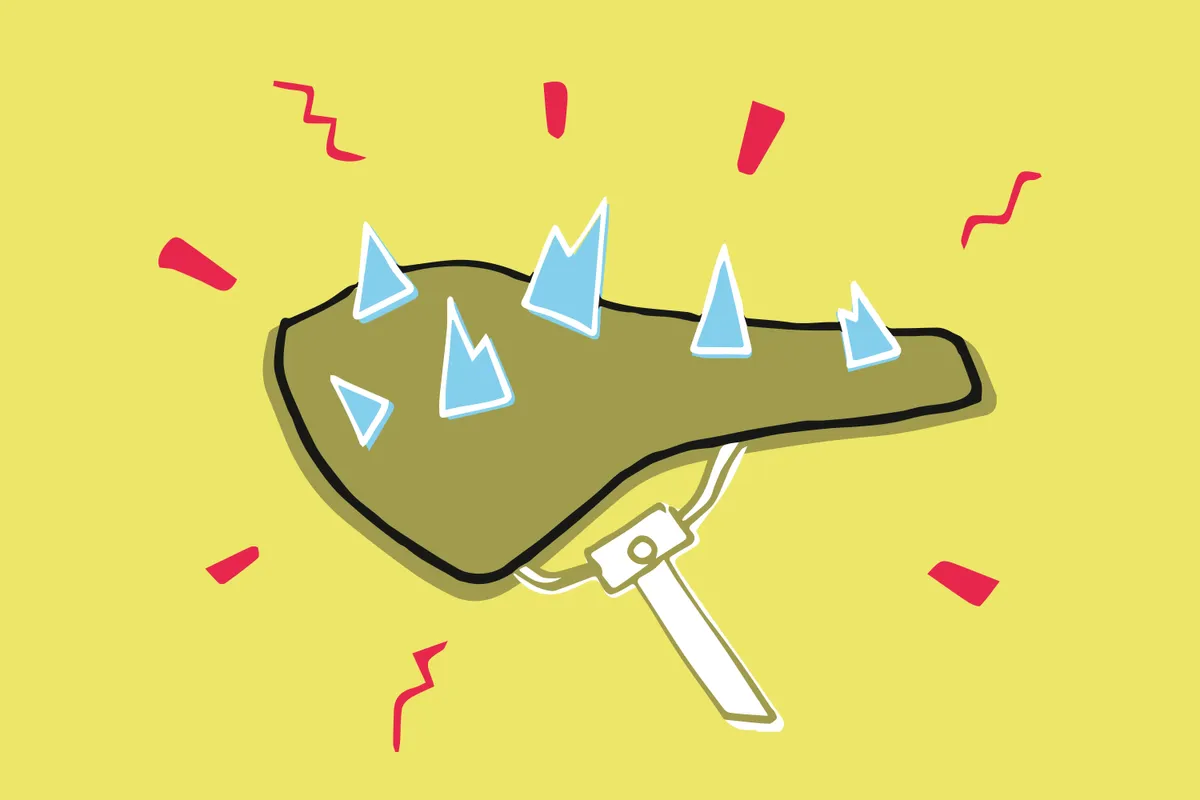
From central cut-outs to split noses and width options, saddles are continually evolving. And yet saddles sores, the work of cycling’s very own Satan, are still a common problem facing triathletes and cyclists of every level (see Lance Armstrong at the 2010 Tour de France for a high-profile example).
Saddle sores can range from small spots to horrible large boils, and are likely to be abrasion caused by chafing. So if you’re sitting on a bag of peas reading this, then you’ll recognise these symptoms. But is there a way to prevent that smouldering perineum on big rides?
“For years, I’ve used a tar-like substance to treat our riders,” says Dag Van Elslande, team doctor at Chris Froome’s team, Israel Start-Up Nation. “It’s a mix of cod liver oil, zinc, skin disinfectant and vitamin E. Also, I use a local anaesthetic; a healing cream with more zinc; Compeed, which acts as a second skin; and Betadine soap to prevent your groin from picking up an infection.”
Other important areas to address include your saddle, with those central cut-out saddles a pressure-relieving option; the chamois of your bib shorts not fitting properly or being supportive enough; and your bike not fitting you correctly – we can’t overstate the importance of a bike fit for reducing pain.
Finally, if you’re prone to saddle sores and are spending countless hours in the saddle, chamois cream is a must, but make sure you wash your padded shorts after each ride.
The remedy: Feel the minty goodness of a quality chamois cream.
6. Back issues

You’ve done your stretches, but now your back is aching from spending a concerted amount of time in one position on the bike.
“One of the biggest problems I see is lower-back pain,” says physiotherapist and bike-fitter Paul Savage, “and that’s often down to a poor bike fit.”
A chief reason is a poor bike set-up leading to overstretching in search of the handlebars, which exerts increasing pressure on the lumbar spine. To solve the situation, a bike fit from a qualified fitter is the ideal, though there are several DIY actions you can take.
“I’d flip the stem over and raise the handlebar,” suggests Savage. You can further raise the bar by adding spaces beneath the stem.
“And you can buy a shorter stem,” adds Savage. “All of this will reduce the stretch. For individuals new to road cycling, as your distances increase, it’s key that you become higher at the front end and less stretched.”
When it comes to a riding position, the drops are handy for descents and dodging headwinds, yet the hoods will ease you into a more comfortable and sustainable position. And don’t fall into the trap of thinking the drops are a badge of honour. Even the pro cycling peloton might spend only 10% of a long stage on the drops.
The remedy: Get a professional or do a DIY bike fit, and don’t worry about spending hours on the hoods.
7. Hitting the wall
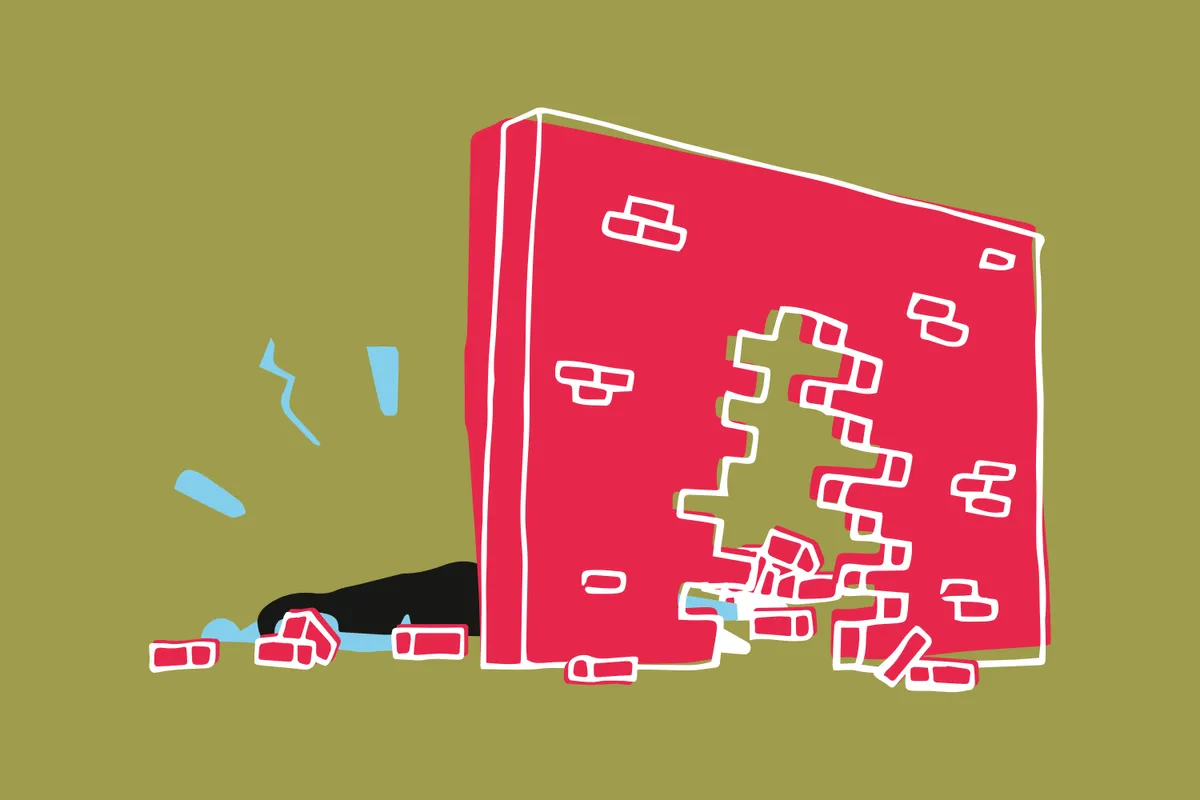
Dazed and confused, legs seemingly in shackles and talking to ourselves like the town drunk. We’ve probably all hit the wall, bonked or experienced “der Mann mit dem Hammer” (the man with the hammer, in German) in our tri training or racing pursuits. But is it really possible – or wise – to ‘push through the pain’ during endurance events?
“We’ve all ‘hit the wall’ physiologically and psychologically during events – only you can decide if it’s pain or discomfort, or something that’s largely in your head,” adds Gardiner.
“Pain that involves adjusting your pedal stroke or running gait to compensate for musculoskeletal pain, and/or is a sharp pain with a focal point, isn’t something you should push through. That’s a sign that an acute trauma has occurred and shouldn’t be ignored – it’s the time to do the braver thing and DNF.
“Potentially, however, if it’s an A-race and you’ve a number of weeks or months to recover, then that’s your decision and risk. All-over muscular fatigue or discomfort isn’t necessarily a sign of injury but is indicating that your body is stressed and you’ll need a recovery period after the event.”
The remedy: Decide if it’s pain or discomfort, but also remember that there’s no shame in a DNF.
- How to avoid a DNF in Ironman: essential race day strategies
- How, why and when should you quit a triathlon?
8. Upper respiratory tract infections (URTIs)
Upper-respiratory-tract infections (symptoms include a runny nose, sore throat and cough) are sadly common in endurance athletes. But what’s a surefire way to deal with an incoming URTI?
According to academic Neil Heron and Ineos Grenadiers’ nutritionist Javier Gonzalez in the Journal of Science and Cycling, you should take paracetamol up to four times a day and zinc lozenges within 24hrs of symptoms starting; ensure you maintain a consistent fluid intake; and, if you think you’re developing an URTI, use Vicks First Defence nasal spray.
The remedy: Pharmaceuticals may help with URTIs, but stop training and racing if you’re suffering.
9. Cramps
The finish line is 2km ahead, but what’s that coming over the hill? It’s the dreaded leg cramps, of course! But you can thwart musclar cramps by ensuring that you carry a soft handheld flask on the run that’s loaded with an electrolyte solution.
A study from Professor Ken Nosaka at the ECU School of Medical and Health Sciences has revealed that solely drinking plain water before and after exercise can make riders more prone to cramps. In trials, they found that the electrical frequency required to induce cramps increased when people drank the electrolyte water, but decreased when they consumed plain water.
Again, Precision Hydration’s range of tailored sodium drinks can help with this, while there’s some evidence that pickle juice can help (if you don’t mind smelling of gherkins).
The remedy: Ensure that your drinks have a sodium content, especially in the heat.
- 5 foods... that may prevent or ease cramp
- Five ways to stop your legs cramping out of transition
- Best electrolyte drink tablets reviewed
How to fight fatigue
Kyle MacRae, author of The Mental Cyclist, on how you can stay strong on race day
1. Chunk it up
Forget the overall mileage. Study the race profile and chunk it up into manageable segments. Focus only on the current segment as you swim, bike and run, treating each as a mini challenge. As you check off the chunks, reward yourself with kind thoughts and kudos. You’ve got this. The miles will fly by.
2. Counter self-criticism
Negative self-talk can easily ruin your race. But it’s just your mind messing with you. Counter this self-criticism with positive self-talk. Write down the negative nonsense you tell yourself and flip each statement: So, ‘I’m not fit enough for this’ becomes ‘I AM fit enough for this.’ Believe these positive affirmations, because they’re true.
3. Remember the why
If the goal is important to you, you’ll do whatever it takes to get to that finish line. So if you find your morale flagging during a triathlon, take a deep breath and remember why you’re doing this. You’ll soon be back in the fun zone. mentalcyclist.com
